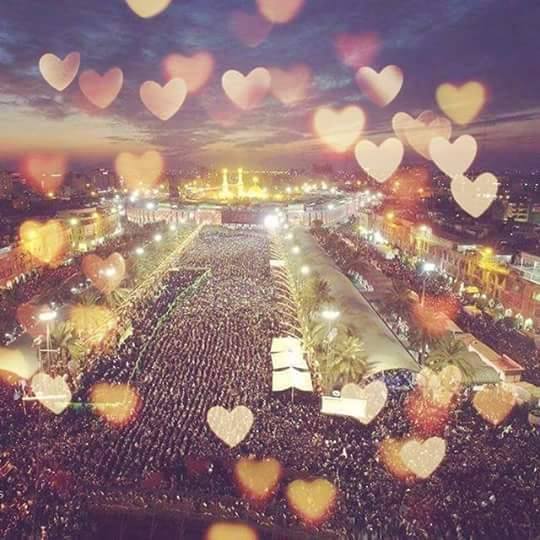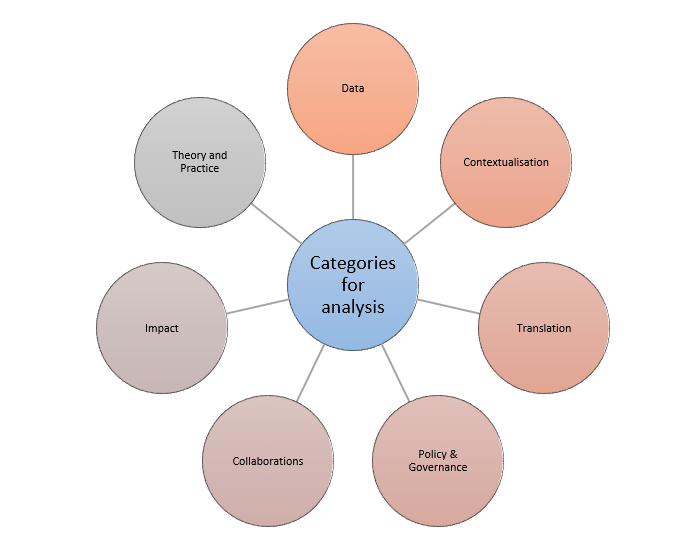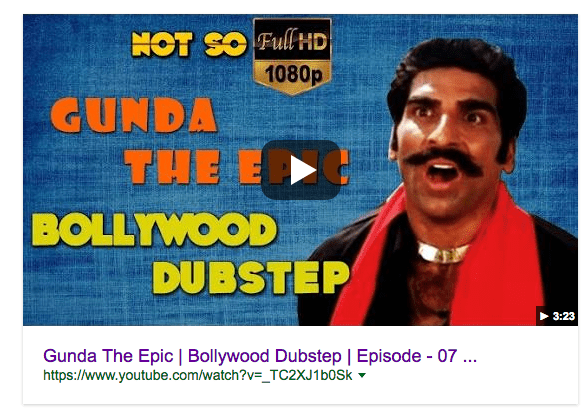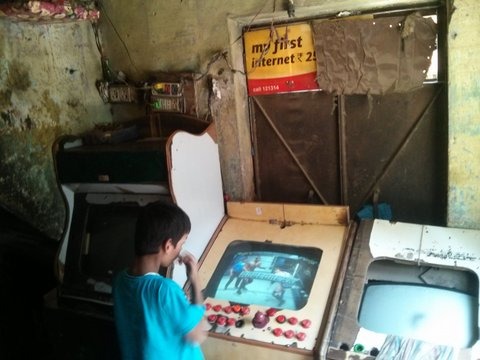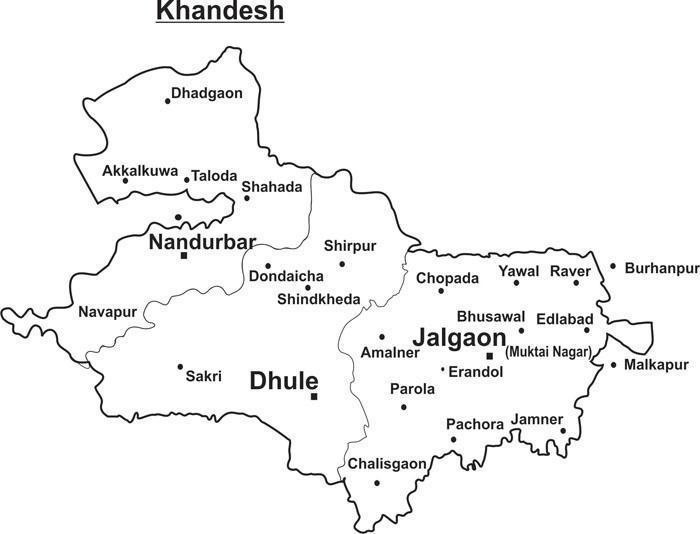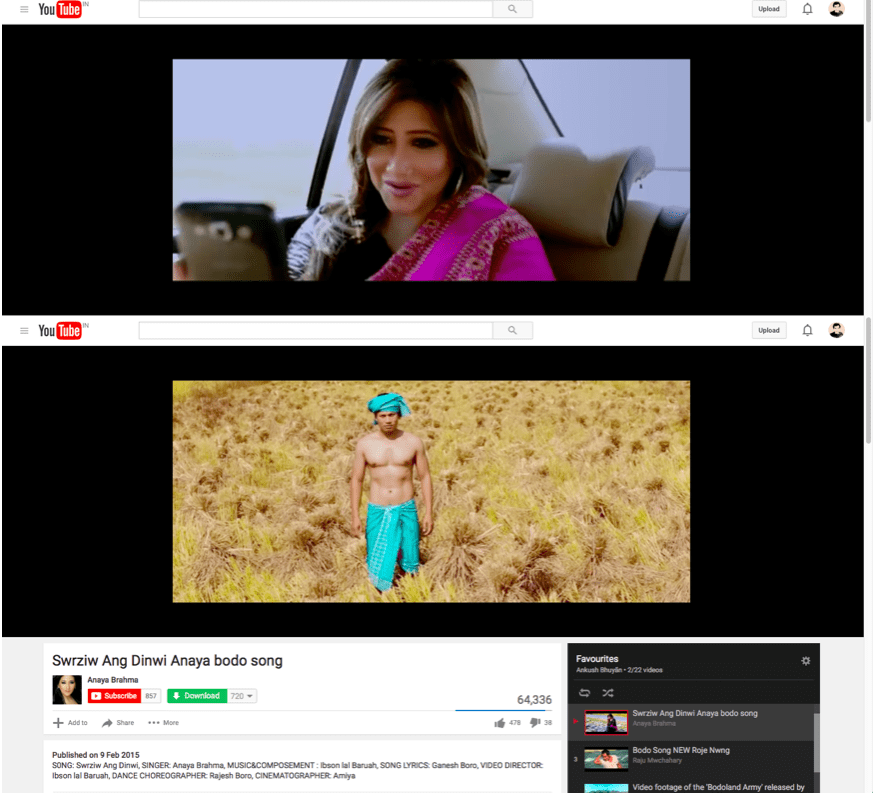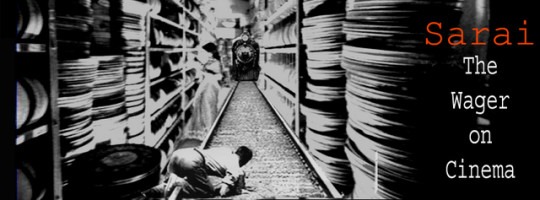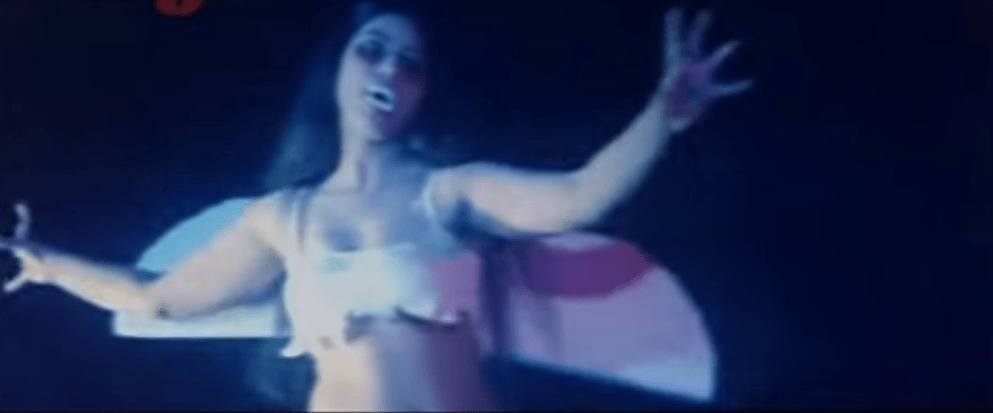Author: Sarai
-
Mourning Martyrdom on Facebook: A Cyber Imagined Community
I was watching a video post on the Facebook wall of ‘Calcutta Azadari’ where religious practitioners were beating their chests to mourn the martyrdom of Imam Husayn and uttering his name in rhythm. A religious performance captured on camera doesn’t make us wonder anymore, thanks to television and the proliferation of channels. But in this video, the position of the camera person was curious. It is undeniably difficult to capture on camera the intense frenzy of mourning, but here, the video, shot by a member of the group with a handheld camera, gave the footage a compelling authenticity raising, at the same time, the question of how far a non-ritualistic act could be accommodated within…
-
Unbundling the Bundle: Distribution of Televisual Content via Broadband Services
In a stylistically treated advertisement of the Indian Premiere League (IPL) 2016, a group of youngsters in various environments like that of an office, college and home are hooked to their smartphones for latest cricket updates. The advertisement ends with the tagline “screen chhota hai toh kya hua, dil bada hai yaar” (what if the screen is small, we have a big heart). Furthermore, the tagline of IPL 2016 on hotstar is “jab jab cricket, tab tab hotstar” (Think cricket, Think hotstar). This commercial, that attempts to dismantle the television-cricket relationship and draws an association between cricket and hotstar…
-
Data, Contextualisation, and Simulation Design: Findings from Pilot Interviews
After completing my undergraduate degree in Computer Science and Engineering, I joined a research organisation which looked at infrastructure and policy studies, using gaming and simulation methods. A year and a half later, I was one of the co-founders of Fields of View, a research group using gaming, modelling and simulation methods to study cities. Over the course of the last few years, working on projects where computer simulations have played a crucial part got me interested in understanding where these technologies come from, who uses them, and how…
-
Gunda, an unexpected journey: Tracking Cinephilia Undead
The search for a trashy film can turn into a steeplechase of staggering emotions, a cinematic odyssey ranging from blasts of stunt and fantasy, through a landscape of the dismembered and the splattered, the violated and the avenged, oozing with sleaze and smut and insatiable appetites, intended seriousness, unintended ham handedness and such. Yet, at the end of it all it still opens out into a rather variegated terrain of discourses and counter discourses of cult, trash, the bad object and cultural detritus…
-
Data, Downloads and Gaming Dens: Digital Networks in Informal Settlements
My research over the last few weeks has dealt with exploring the networks of digital consumption in two of Delhi’s informal settlements – Govindpuri and Sundernagri. Both are JJ clusters[1] or squatter settlements[2] that sprang up in the 1970s, along what were then the fringes of the city, around the time of the Emergency[3] when mass slum clearing operations were undertaken. Personal accounts in my interviews have revealed how the lives of many of the residents there were directly affected by two major projects undertaken by Sanjay Gandhi [4]. The first was the ‘city beautification’ program that led to the eviction of thousands of families in JJ clusters and the second was the ‘population control’ program implemented through mass sterilizations, which were forced in many cases…
-
‘Culture of Downloading’ in Khandesh region and the Story of Transfer of Media – An Auto-Ethnographic Study
In this auto-ethnographic study, I am a data source, along with other ‘downloading workers’. I have already contacted a few of them. I will be looking at five places: Khandesh-Shirpur which is a tehsil in Dhule district, Dhule, the headquarter, Boradi – a village, Jalgaon town Jalgaon district, and Malegaon in Nashik district. Of these, Malegaon came into focus for various reasons including Malegaon Ka Chintu[6] (2010) a Television serial and Supermen of Malegaon[7] (2009), a documentary. I have selected these places because of the diversity they present vis-a-vis the ‘downloading culture’. All these places have a variety of communities, religions, castes and creed that have their own choices for ‘downloading or transferring the media’…
-
Media and Mobilization: Digital Media and the Shia Public Sphere in West Bengal
For the past 20 years, globalization and new media have been influential in shaping the religious landscape of South Asia. The Shia imagination, even in the remotest villages of Bengal, was first fired by the era of anolog technology via cassettes and then caught in the web of digital media. This is a phenomenon more apparent in the traditions of Muharram, as the Shia religious morality enacted through mourning over the martyrdom of Imam Husayn, the grandson of Prophet Muhammad, in the battle of Karbala in 680 AD re-creates the community’s historical-narrative basis. Within 200 years of the historical event, the story/history seeped into the domain of the community’s narrative imagination…
-
Digital Identities: The Online Circulation of Bodo VCD films and Music Videos
The demand for Bodoland, a separate state from Assam, has garnered national attention in the last few decades because of the violence and insurgency that has ensued in its wake. In recent times, the Bodo agitation has become an important component in the political discourse of Assam, and remains a complex and emotive issue.[1] There has been considerable focus within the Bodo community on this issue that is linked with questions of identity, culture and language. Additionally in the last two decades, there has been an emergence of locally made low-budget productions due to the availability of affordable digital technology…
-
The Wager on Cinema: Screening 3 – What The Fields Remember
How do we estimate the value, aesthetic force, and meaning of cinema today? As media experience, technological change has transformed it beyond recognition, its material forms altered by analog and digital video formats, and the modes of circulating, viewing, accessing cinema and making it have expanded exponentially. And yet, the dream and ambition of cinema as we have known it has not dissipated, the desire to congregate audiences to participate in a distinct world of experience, whether to excite, amuse, to move or to solicit reflection and engagement, to bear witness and to mobilize…
-
The Returned: The Rise of B-movie Cinephilia
Picture first, in the murky blue of the sylvan night, one of the vampire’s minions in white satin with exaggerated face paint, false teeth and styrofoam wings flickers in front of you. She struggles to maintain her balance and as she is wheeled towards the camera her wings keep disappearing from shot to shot. Strangely though the disappearing wings seem to have little effect on the vampire’s flying skills. This haunting image is from Harinam Singh’s Shaitani Dracula (2003) which has become iconic in “B” cinephile circles…
